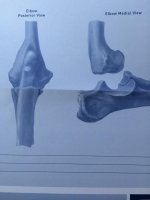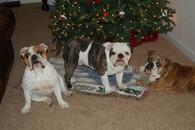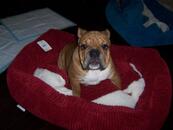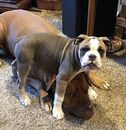- Jun 19, 2013
- 14,554
- 1,249
- Country
- USA
- Bulldog(s) Names
- Willow (2015) Walter (2014-22) Winston (2012-13) Wellie (2012-13) Bella (2007-13)
I'm really glad to hear that the products have worked for you. ..I'm just kicking myself that I didn't get them sooner. ..maybe it would have either prevented some of this or at least kept it at bay. Live and learn unfortunately. Do you use nuvet plus also or just nujoint?
Yes I give her both NuVet Plus and NuJoint… she also gets adequan injections, but she is 10 years old. I give Wally my bully NuVet supplements, but I haven't started him on the NuJoint as of yet. Don't beat yourself up, I only learned about this stuff on EBN… I also give my pups coconut oil to help their joints.





